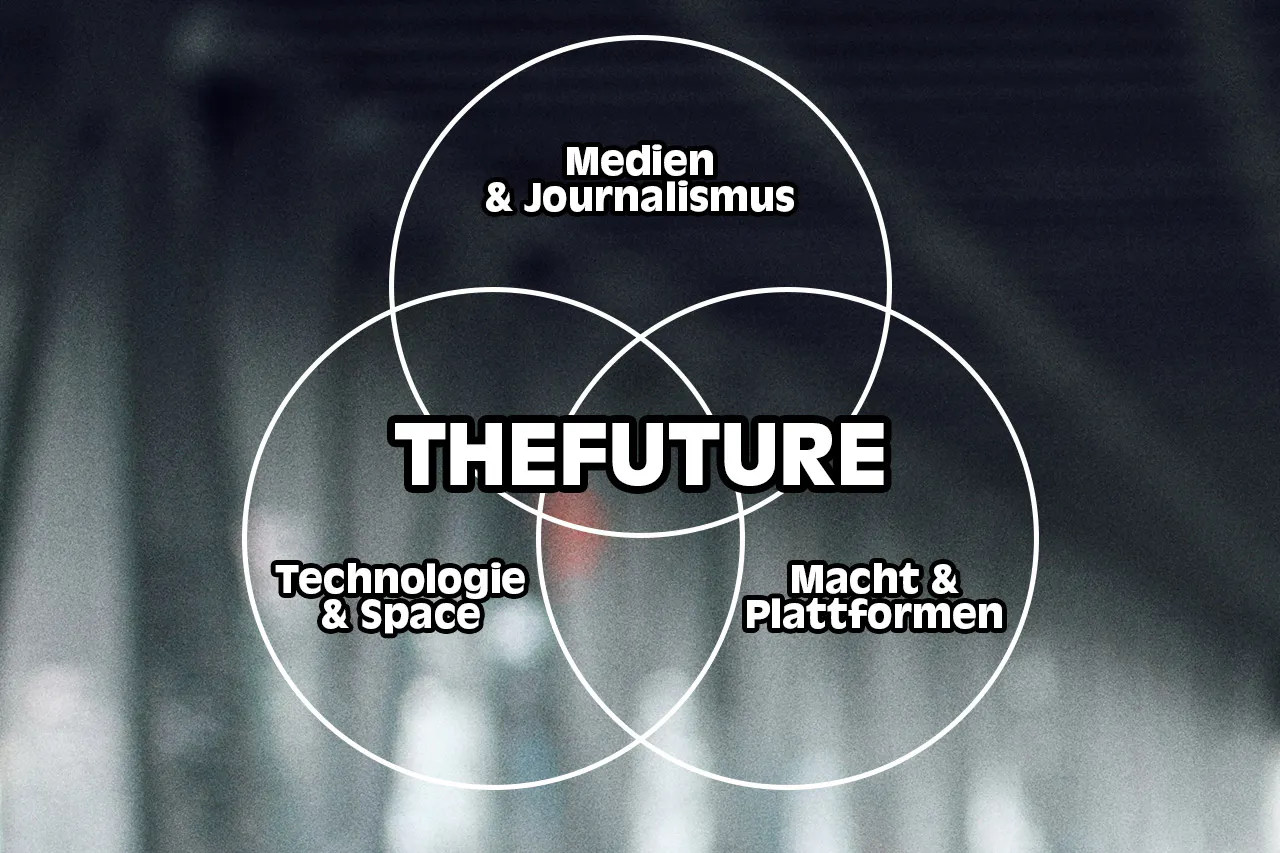Willkommen in der Zukunft, wie sie ein geriatric millennial erlebt, also jemand, der zwischen 1980 und 1985 geboren wurde. (Mehr als 23k Leute haben über den Begriff abgestimmt (Öffnet in neuem Fenster), dont @ me.) Diese Woche mit einem Satellitenbildern, Durchschnittsstars und der größten chinesischen Audio-Plattform, Ximalaya.
Warum ist Gaza auf Google Maps unscharf?

Journalistinnen und Journalisten nutzen gerne Satellitenbilder – um zu zeigen, was in Nordkorea passiert, wo China Uiguren in Camps sperrt. Ein Teil der Welt mit vielen Menschen ist trotz diverser Anbieter mit hochauflösenden Satellitenbildern allerdings weitgehend verschwommen: Israel und Gaza. Die BBC hat sich auf die Suche nach Antworten gemacht. Grund ist ein Gesetz in den USA, das eigentlich längst obsolet ist, aber immer noch Nachwirkungen zeigt. Typisch THEFUTURE, diese Geschichte beinhaltet viel von dem, um das sich dieser kleine Newsletter hier dreht.
Medien

25 Edits That Define the Modern Internet Video (Öffnet in neuem Fenster) And create the vocabulary for an absurd, ingenious art form.
The blandness of TikTok’s biggest stars. (Öffnet in neuem Fenster) Der Algorithmus belohnt Durchschnittlichekit – und deswegen, so die These, müssen TikTok-Stars sich andere Einnahmequellen suchen als Insta-Models. Zum Beispiel Modelle, in denen die Fans zeitweise die Kontrolle über das Leben übernehmen. Oder, na klar, NFTs.
LadBaby and the wild rise of the Facebook Famous (Öffnet in neuem Fenster): The Facebook Famous have millions of loyal followers and wield huge cultural influence. So why have you never heard of them?
SHEIN: The TikTok of Ecommerce (Öffnet in neuem Fenster). A company that you’ve either never heard about or can’t avoid, depending on whether or not you’re a Gen Z shopper.
Ximalaya and the Economy of Ears (Öffnet in neuem Fenster): Five takeaways from the largest online audio platform in China's IPO filing
Journalism
He’s a Dogecoin Millionaire. And He’s Not Selling (Öffnet in neuem Fenster): Längst ist das Nerd-Portrait ein eigenes Genre, hier mit besonders guten Fotos von der New York Times.
Tech vs. Journalism (Öffnet in neuem Fenster): Inside the nasty battle between Silicon Valley and the reporters who write about it.
How newsrooms can do less work – but have more impact (Öffnet in neuem Fenster): The key to cutting back on stories is to examine which types of stories are not serving any part of the audience »funnel.«
Tech
Project Starline (Öffnet in neuem Fenster): Google arbeitet an Videocalls, bei denen man seinem Gegenüber direkt in die Augen blicken kann, und wenn man seinen Kopf bewegt, scheint die Person real da zu sein, in 3D.
The plot to kill .com (Öffnet in neuem Fenster): One domain ending has dominated the internet for decades. Everyone else would like to change that.
Internet Explorer
Websites that spark joy (Öffnet in neuem Fenster). A curated list of sites with an extra bit of fun.
Than Average (Öffnet in neuem Fenster): Imagine you are in a room with 100 strangers. Imagine they're similar to your peers and neighbours. Based solely on your own instinct, perceptions, and self-reflection, answer the following questions.
Virtual Factory (Öffnet in neuem Fenster) is a major series of online artworks inspired by the architecture and the ambition of The Factory, a new cultural space located in the heart of Manchester.
URL Lengthener (Öffnet in neuem Fenster): Are you tired of your URLs being just too darn short? Worry no further.
Fansubbing BookStory (Öffnet in neuem Fenster): A Japanese bookstore simulator is collaboratively translated into English after 24 years.
Drama Numbers (Öffnet in neuem Fenster): Rufnummern für Medienproduktionen.
No problems- only solutions, bis nächste Woche!
Das war Ausgabe #63 von THEFUTURE (Öffnet in neuem Fenster), dem Newsletter über das wilde Internet und die Zukunft der Medien von Ole Reißmann (Öffnet in neuem Fenster).


